Inequities in maternal health care access are not new. They have deep roots in history.
The story was originally published in USA Today with support from our 2022 Impact Fund For Reporting on Health Equity and Health Systems.

USA TODAY
Part 3 of a four-part USA TODAY project examining the lack of maternal health care in America's rural communities of color.

U.S. Rep. Terri Sewell
Several years ago, a group of five Black grandmothers in rural Alabama went to the office of their congresswoman U.S. Rep. Terri Sewell.
They had a simple question: Why did their daughters have to travel so far to have their babies?
Maternity wards at the hospitals where they lived were shutting down, and moms weren’t getting prenatal care.
For Sewell, it was a wake-up call. She calls those grandmothers a “driving force” behind her efforts to save Alabama's rural hospitals. Less than a third of the state's 67 counties have a labor and delivery unit, she said.
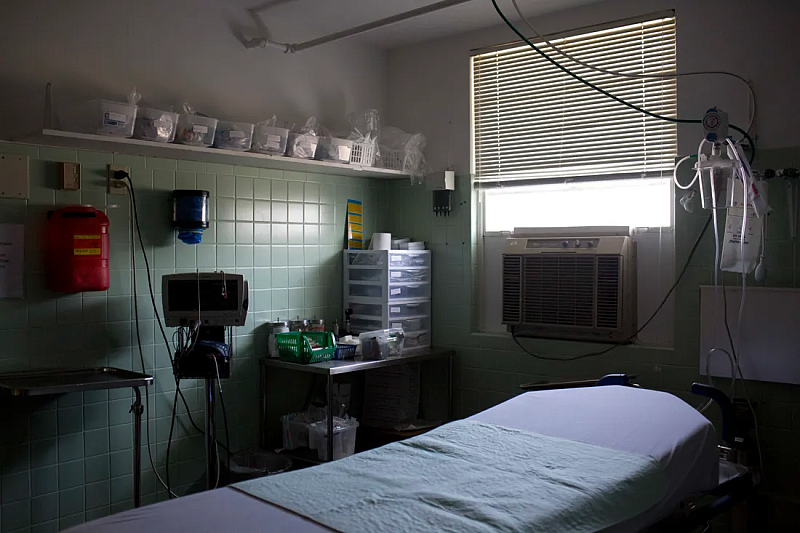
In this Thursday, July 30, 2015, photo, an exam room with a window air conditioning unit is shown at Wedowee Hospital, in Wedowee, Ala. BRYNN ANDERSON, AP
“So often, these labor and delivery units are the first to go to cut costs, to keep the ER open, as if those services are somehow optional. And they're absolutely not," said Sewell, who helped reopen a labor and delivery unit in her district with pandemic aid assistance.
Seeking greater understanding of the problem, Sewell's office had contacted the National Rural Health Association and was connected with maternal health researcher Katy Kozhimannil.
The grandmothers' question began Kozhimannil on a yearslong pursuit for answers: Where are the rural hospital closures? Who are they affecting? What are the consequences?
“The grannies were noticing that in rural counties with a higher proportion of Black reproductive-age residents compared to white reproductive-age residents, it was more likely that the hospitals would close,” Kozhimannil said.
“Those grannies were exactly right.”
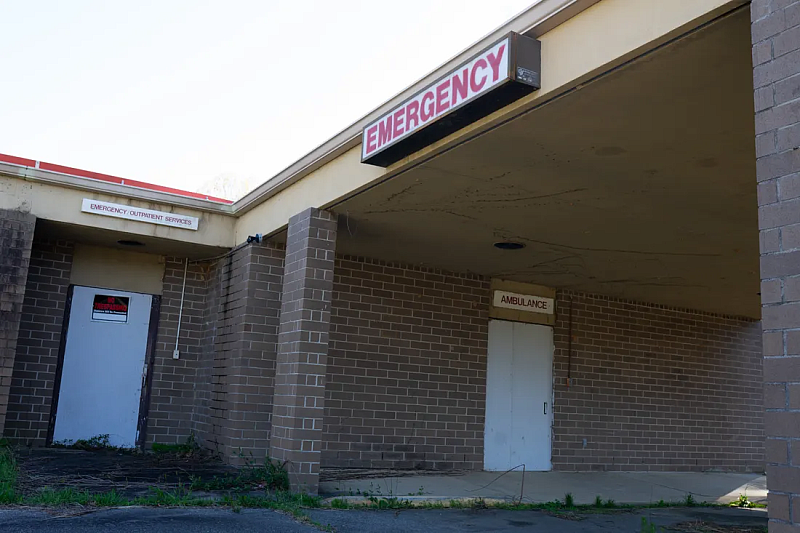
The only hospital in Hancock County, Ga. is now abandoned and closed to the public, seen March 12, 2022. RITA HARPER, FOR USA TODAY

Researcher Peiyin Hung
Through her research, she found a steady decline in access to obstetric care in rural counties across the U.S.
“The financing is underpinned by a system that disproportionately invests in some communities over others," said Kozhimannil, whose work is being used by the federal government to understand the scope and magnitude of the problem.
Kozhimannil and researcher Peiyin Hung at the University of South Carolina found rural counties in states with less generous Medicaid programs also were more likely to lose hospital-based obstetric care.
“The communities with the highest rates of maternal and infant morbidity and mortality are the least serviced,” Kozhimannil said.
Scholars say it’s crucial to understand such disparities and disinvestment in the context of history and its ramifications on access to quality reproductive health care.
"Groups like Black, Indigenous, Hispanic folks have had their reproductive rights and health systematically under-respected," Kozhimannil said, "and they've been harmed."
Exploitation of reproductive labor
The field of gynecology is founded upon experiments on enslaved Black women. Dr. James Marion Sims, considered the “father of modern gynecology,” conducted his research on slaves he’d rented for the purpose.
Black women also were sterilized under federally funded health care and welfare programs, said University of Pennsylvania sociology and law professor, Dorothy Roberts, an expert on race, gender and law.
"All of these policies that led to sterilization abuse, as well as maternity care deserts, stem from a devaluation of Black women's childbearing," Roberts said. "It's not just happenstance or an accident or natural."
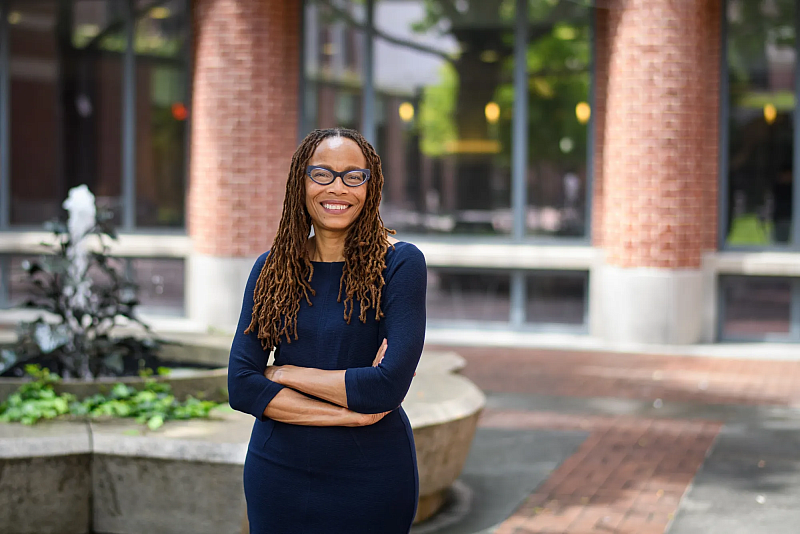
University of Pennsylvania sociology and law professor, Dorothy Roberts, is an expert on race, gender and law. PHOTO PROVIDED BY DOROTHY ROBERTS
She called today's maternal health disparities and lack of access to care a "reverberation" of the history of slavery, when "Black women's reproductive labor was exploited to produce the children who would be enslaved by white enslavers."
Women of color were routinely denied autonomy over their lives, said Natalie Lira, a professor at University of Illinois Urbana-Champaign’s Department of Latina/Latino Studies.

Professor Natalie Lira
“If we think historically, it's very clear that there are patterns with different types of reproductive oppression that women of color experience,” said Lira, who studies politics and history of reproduction and medicine.
Under the 20th-century eugenics policies, University of Michigan obstetrics and gynecology professor Alexandra Minna Stern found, about 60,000 people underwent compulsory sterilizations nationwide. Tens of thousands were women of color and poor women in hospitals and clinics.
In the mid- to late-1970s, clinicians at Indian Health Service facilities sterilized more than 3,000 American Indian women without their permission. In California, 20,000 people, a disproportionate number of them Hispanic women and men, were sterilized in hospitals, state-run asylums and group homes.
From the 1930s through the 1970s, roughly a third of women in Puerto Rico were sterilized under population-control policies that coerced women after their second child, according to a publication by the University of Wisconsin.
The history of birth control also is tainted by unethical medical practices, research shows. In 1956, the first large-scale clinical trial of birth control pills was conducted on poor women in a San Juan housing project, who were not fully informed of their role in the study or the safety of the pill. The pills had much higher hormone levels than today's contraceptives, and the women suffered a range of symptoms.
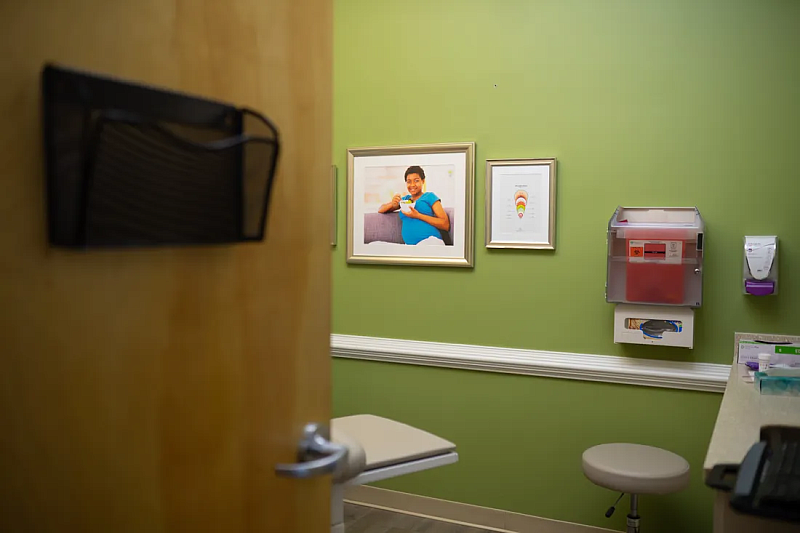
Obstetrician-gynecologist Dr. Lethenia Joy Baker’s clinic in LaGrange, Ga. on July 13, 2022. RITA HARPER, FOR USA TODAY
Stern sees an intersection in the loss of maternity ward centers, abortion care and the history of reproductive rights and its impact on people of color. The reversal of Roe v. Wade, she said, is just the latest decision to disproportionately hurt rural and poor women and women of color.
“All of this speaks to deep structural inequities in health care and health care access,” Stern said. “Abortion rights are critical, but to just focus on that in isolation can kind of obfuscate the other aspects of reproductive justice. Reproductive justice itself is enmeshed in a larger, dysfunctional ... health care system.”
Not just a rural issue
Though the lack of maternal care is predominantly a rural problem, some urban areas also face obstacles to access.
There is no longer a hospital with obstetric care in Ndidiamaka Amutah-Onukagha's hometown of Trenton, New Jersey, a state capital where 50% of residents are Black. The Trenton hospitals where the maternal health equity researcher and her brothers were born have shut down.
“When you have this deliberate, intentional underinvestment, you create these inequities, and perpetuate, continue to create these inequities,” said Amutah-Onukagha, who runs the Maternal Outcomes for Translational Health Equity Research Lab at Tufts University.
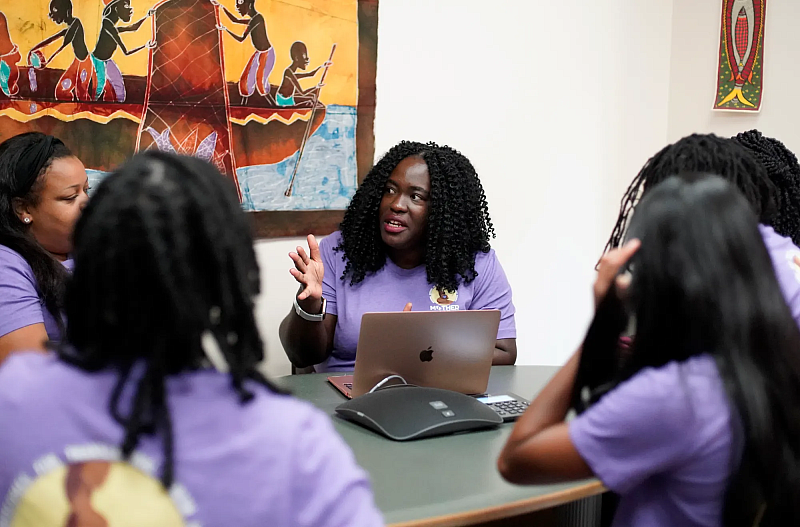
Ndidiamaka Amutah-Onukagha meets with a group in an office. Amutah-Onukagha is a maternal health care researcher at Tufts University in Boston, Mass. Originally from Trenton, NJ, the hospital where Amutah-Onukagha was born has since closed down. MARY SCHWALM, FOR USA TODAY
Simply focusing on clinical disparities is “not holding the root of the issue accountable,” she said.
The root of problem is structural racism in heath care.
“That's why the health care system is broken," she said. "If the health care system functioned optimally for every woman that walked through the door, we will not have inequities.”
A study by Amutah-Onukagha and Alecia McGregor, a Harvard University professor of health policy and politics, found women in New Jersey who gave birth after the closest obstetric unit closed had higher odds of severe maternal illness.
The study also found women who delivered in Black-serving hospitals had a higher chance of illness, possibly signaling a need for better resources.
Research shows doulas, people who provide emotional support and advocate for pregnant people before, during and after labor, can result in better health outcomes.
Doneisha Campbell, a doula and founder of Trenton-based TruDoulas, recalled a client who was in labor and received an epidural but still complained of pain. It wasn’t until later clinicians checked and found the catheter where the pain blocker was administered had fallen out. At that point in her delivery, it was too late to redo.
Doulas also can help with other problems inner-city mothers face. Many don’t have transportation, so Myriam Mcduffie, who works with Campbell, will drive moms or find a ride-hailing service for clients in labor or other maternal health emergencies.
“Imagine being in labor, trying to get to one hospital to catch a shuttle to the next – just absolutely asinine. And then at 8 o'clock at night, they shut down,” Mcduffie said. “So what happens if you are in labor after 8 p.m.? You have no way to get there, other than the bus … that comes once an hour.”
Amutah-Onukagha wants people of color to see more than conflict, risk and pain reflected in their childbirth experiences. Elevating stories of successful pregnancies, she hopes, will inspire resilience, strength and joy.
"So that people who are thinking about becoming parents or starting their conception journey, who are already pregnant or already parents, can see the beauty in this process."
This project was produced for the USC Annenberg Center for Health Journalism’s 2022 Impact Fund for Reporting on Health Equity and Health Systems. USA TODAY's Nada Hassanein, environmental and health inequities national correspondent, spent months reporting on the issue, interviewing more than 50 experts, mothers, clinicians, advocates and community leaders. Senior data reporter Doug Caruso contributed to this report, and graphics journalists Janie Haseman and Jennifer Borresen illustrated the project.
Reach Nada Hassanein at nhassanein@usatoday.com or on Twitter @nhassanein_.


